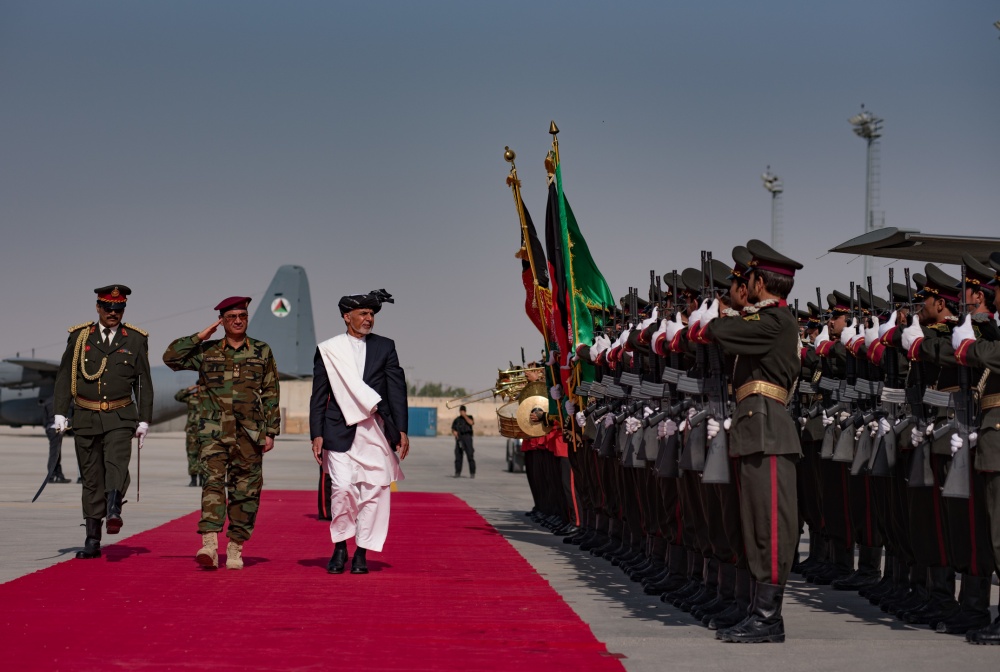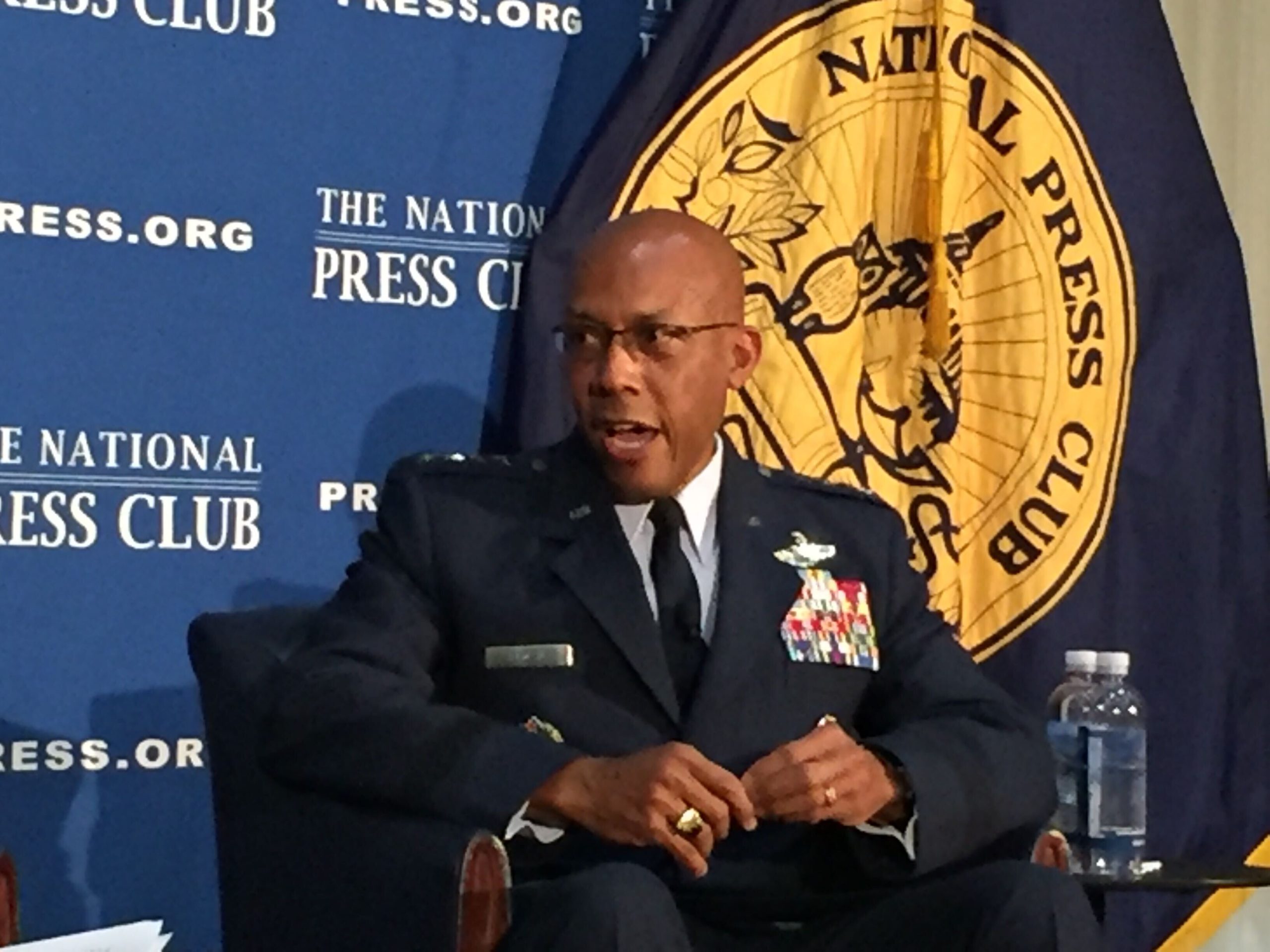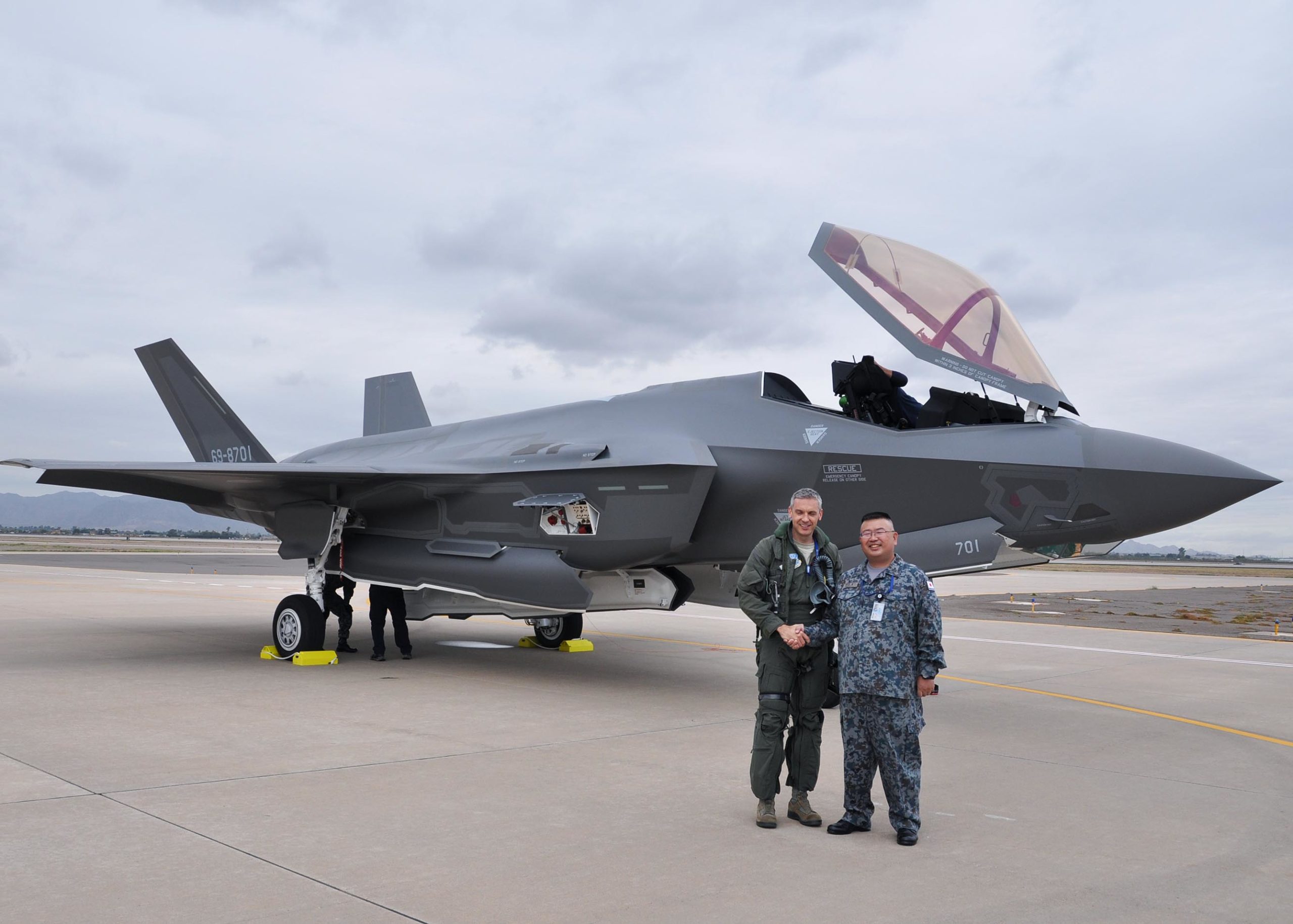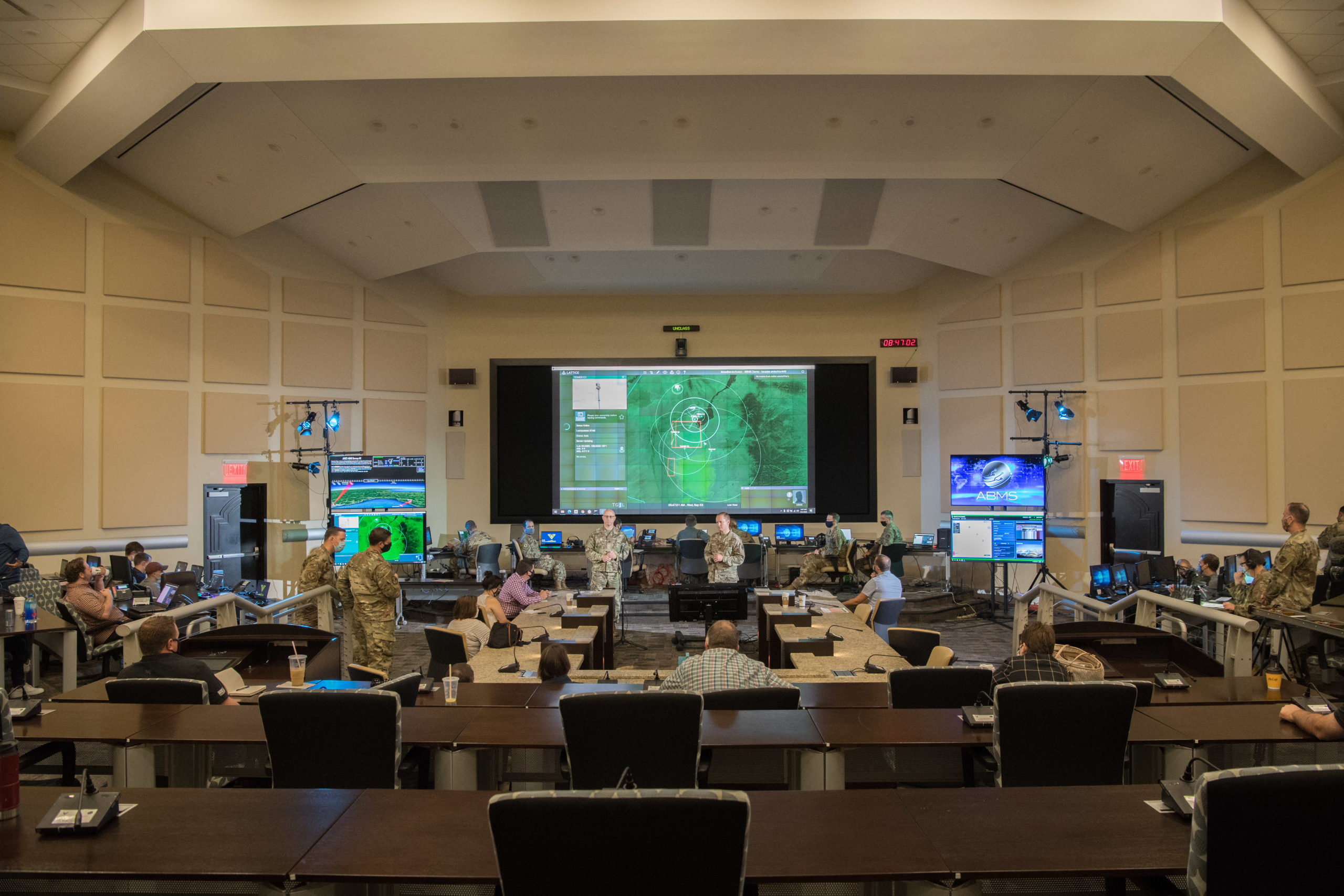Dozens of changes are coming to the Air Force’s dress and appearance standard, as the service prepares to implement initiatives recommended by the 2020 Air Force Uniform Board.
The changes will become official when Air Force Instruction 36-2903 is republished in early October 2021, but Aug. 10, USAF released images of some of the new uniforms that will be rolled out over the coming 15 months and previewed some of the appearance changes.
On the appearance front, hosiery will now be optional for women in all variations of the dress uniform. Hair accessories, previously limited to 1 inch, can be up to 2. The Air Force has recently made several major changes to its regulations on women’s hair grooming, allowing female Airmen to wear ponytails and braids and have their hair extend six inches to either side of the point where hair is gathered behind their head.
Men will now be allowed to grow their hair to a bulk of 2.5 inches from the scalp, up from the previous 2 inches and double what was allowed up until September 2020. Men will also be allowed cosmetic tattoos on their scalp.
No change was announced to the service’s beard policy, which has been a point of contention for some Airmen who wish to grow out facial hair.
However, wing commanders will now be allowed to authorize the wearing of approved morale patches on Fridays and special occasions.
“We remain committed to maintaining an iterative approach with our dress and appearance standards,” Lt. Gen. Brian T. Kelly, deputy chief of staff for manpower, personnel, and services, said in a statement. “During this most recent review we approved several updates fully aligned with our Air Force standards and culture that maintain our focus on warfighting while providing options to meet many of the needs of our Airmen.”
The biggest uniform changes are coming to the Air Force’s PT gear. On March 2, the Air Force Life Cycle Management Center revealed the updated design for the athletic wear, the first PT uniform update in nearly two decades. On Aug. 10, the service announced that the new gear is expected to be available in October 2022, with a four-year transition period following.
Tweaks to the service uniforms were also announced. Shirts and blouses will be made with a material that is stain- and wrinkle-resistant and moisture wicking.
For men, the shirt body will be lengthened and tapered and have a redesigned armhole and shoulder.

For women, blouses will also be lengthened and feature a redesigned armhole, along with a new neckline and collar and realigned buttons. There will also be a new maternity blouse, designed for a better fit through all trimesters.
Men’s trousers will have redesigned pockets, and women’s trousers will have a lower waistband and be straight cut, as opposed to a tapered fit. The front darts will also be removed to create a flat front.

The new men’s long-sleeved shirts will be available immediately in August 2021, while the short-sleeved men’s shirt, the tuck-in style blouse and the new maternity blouse are all expected to be available in October 2021. The updated semi-form fitting blouse will follow in January 2022, followed by the updated trousers and slacks in May 2022.
In August 2022, women will be able to buy dress mess slacks, two years after the Air Force announced it would no longer require floor-length skirts. Since then, women who have wanted to wear pants have had to buy men’s mess dress trousers and have them altered.
Among other changes, the new Air Force guidance will also allow Airmen to put their hands in their pockets while in uniform as well as drink water and use their phone while walking in their uniform.
The Space Force will continue to follow Air Force guidance until the service develops its own grooming and uniform policies, expected to be released in late 2021.








